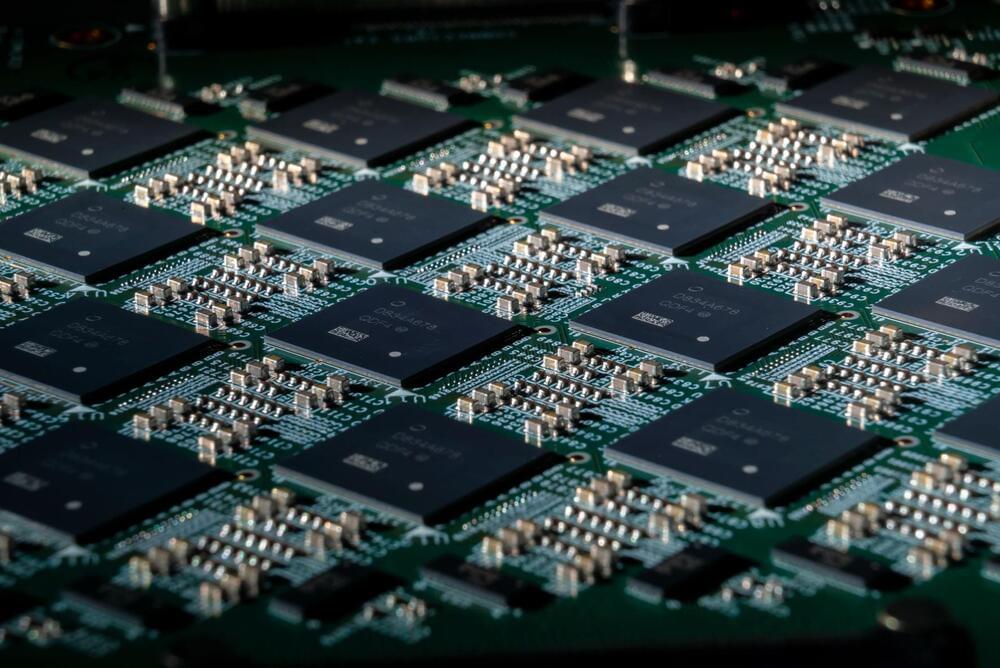For the first time TU Graz’s Institute of Theoretical Computer Science and Intel Labs demonstrated experimentally that a large neural network can process sequences such as sentences while consuming four to sixteen times less energy while running on neuromorphic hardware than non-neuromorphic hardware. The new research based on Intel Labs’ Loihi neuromorphic research chip that draws on insights from neuroscience to create chips that function similar to those in the biological brain.
The research was funded by The Human Brain Project (HBP), one of the largest research projects in the world with more than 500 scientists and engineers across Europe studying the human brain. The results of the research are published in Nature Machine Intelligence (“Memory for AI Applications in Spike-based Neuromorphic Hardware”).
The close-up shows an Intel Nahuku board, each of which contains eight to 32 Intel Loihi neuromorphic research chips. (Image: Tim Herman, Intel Corporation)
